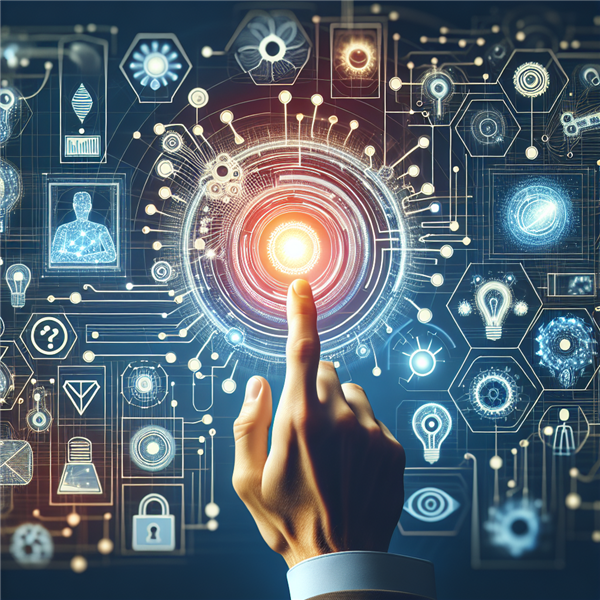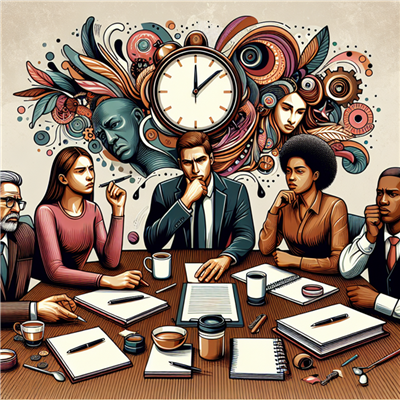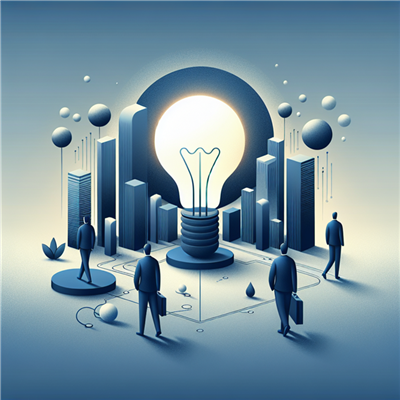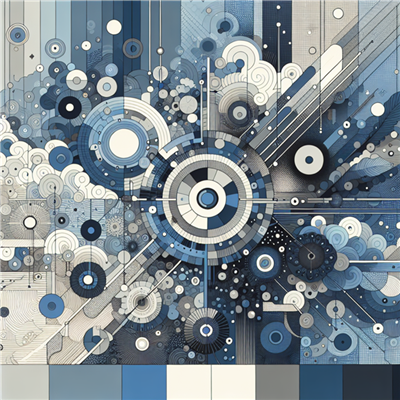
The future of design is being reshaped, thanks to cutting-edge technologies like Generative AI and User Interface Tools. These technologies are revolutionizing the way designers create, iterate, and refine their designs, providing a unique blend of human creativity and machine intelligence.
Understanding Generative AI
Generative AI is an emerging field in artificial intelligence that uses machine learning algorithms to generate new content. It can help to create everything from music to visual art, and even writing. In the field of design, generative AI is used to create new design elements, layouts, and interfaces, enabling designers to explore a vast array of design possibilities.- According to a report by Adobe, 31% of business leaders see AI as the technology that will have the most impact on their business in the next year.
- 75% of design teams already use some form of AI in their work, according to a survey by InVision.
Role of User Interface Tools
User Interface Tools play a crucial role in the design process. They help designers to visualize their ideas, create interactive prototypes, and test their designs with users. These tools are becoming increasingly advanced, with features like collaborative design and real-time feedback.- According to a report by Forrester, 89% of businesses compete primarily on the basis of customer experience, making effective UI design more important than ever.
- A study by Adobe found that companies with a strong design focus have a 219% higher return on investment than their peers.
How Generative AI and User Interface Tools are Shaping the Future of Design
Generative AI and User Interface Tools are not just tools, they're catalysts for change. They're empowering designers to create more innovative, user-centered designs and transforming the way design teams work.- They're enabling designers to create more personalized interfaces, tailored to the needs and preferences of individual users.
- They're accelerating the design process, allowing teams to iterate and refine their designs more quickly than ever before.
- They're breaking down the barriers between designers and users, facilitating a more collaborative and inclusive design process.







COMMENT